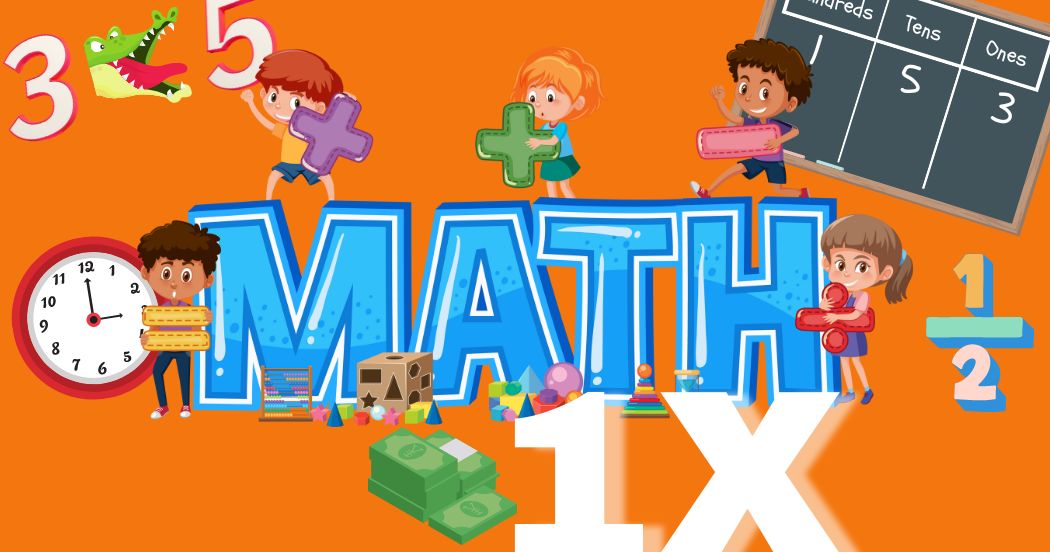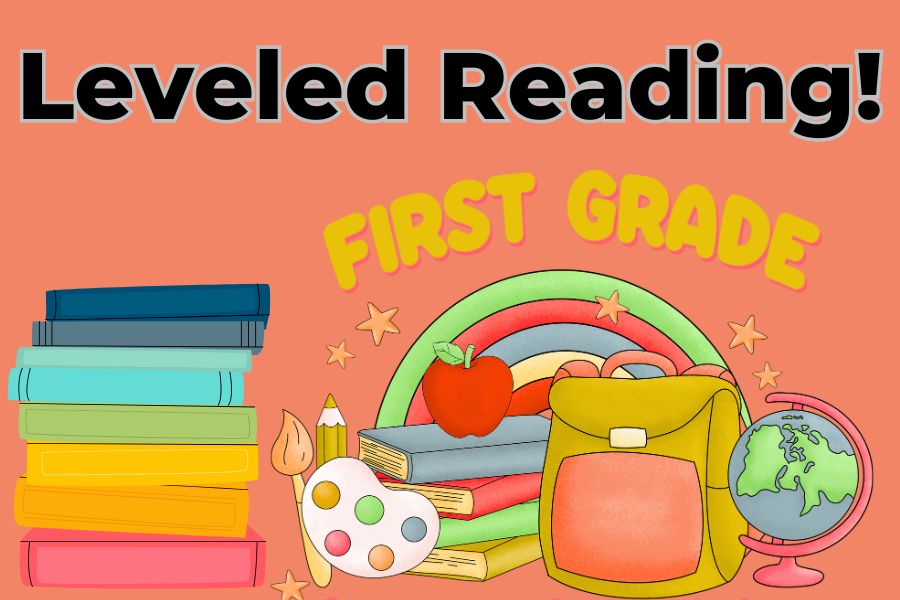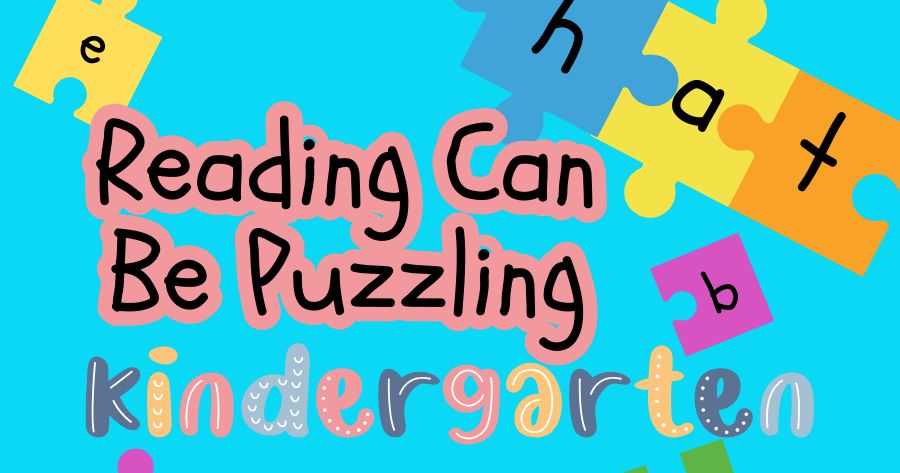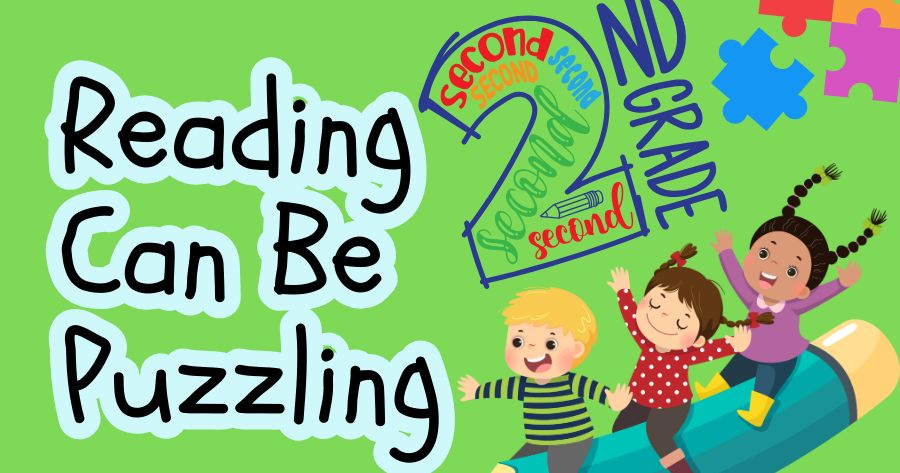🎵 Showcase your kid’s musical talent and win up to $1,000 in prize value!Enter Now
40
($23.50 value)

Python | Principiante | Módulo 04 | ¡Crea interfaces gráficas de usuario con Python!
Ages 11-16
Self-Paced Course
4 pre-recorded lessons
4 weeks of teacher support
Choose your start date
1 year of access to the content
Enroll Now, Start Anytime
Go at your own pace
Your learner can start learning when they want and progress at the speed that works best for them.Start when you want.
Learn at your own pace
Access course material for a full year.
Get hands-on support from teacher.
Overview

Self-Paced Course
Asynchronous learning — no live meetings
4 pre-recorded lessons

4 weeks
of teacher support
1 year access
to the content
Homework
1-2 hours per week. There is a weekly homework assignment to apply practice the topics we cover in each lesson each week and build code combining concepts. Along with the videos and handouts, students receive video feedback posted to the classroom on their assignments to ensure they are on track with each module. Video feedback will be posted for the module, and students share and discuss their code and what approach they used to do the homework.
Assessment
Progress is assessed though feedback on homework. At the end of each module, students work on an assignment which is returned with video feedback. This should help learners understand where they are, and to help sharpen their coding skills from the very basics to more advanced topics.Class Experience
In this course, we will learn how to program a GUI or Graphical User Interface in Python from the ground up. Each module will have an in-depth video explaining the concepts and working through building programs and examples of concepts. From the very beginning steps into programming (the basics of GUIs in Python) to more complicated programs, we will build up the skills to make our own programs and learn to code things users can click on and interact with. Weekly modules will cover different topics, and scaffold skills so we are able to build more complex programs and think of new ways to solve coding challenges. Each module will have an overview of the topic we are going to cover, activities and games to learn, build on, and reinforce concepts. We will cover the basics and build example programs along the way. All code and a detailed PDF is provided to students to work with and continue their learning journey following the course. The course will focus on fun and interesting examples to help students understand concepts that can be applied elsewhere. Because this is a self paced class, students will get detailed videos each week that cover the topic of the week, as well as handouts or PowerPoint slides that cover the topic. Students have a weekly assignment at the end of each module, and post their code to the classroom. Feedback will be provided so learners can work on improving the fundamentals of coding as we work through the course and build the skills need to learn programming.
Learning Goals

By the end of the course, students will learn the basics of programming GUIs in Python, and be able to create programs that take user input, process it and generate user interfaces. By the end of the course, students should have a good idea of how to create GUI programs in Python using the examples and be able to build their own.Syllabus
4 Lessons
over 4 WeeksLesson 1:
Introduction to GUIs
GUIs are a graphical user interface (GUI, pronounced ‘gooey’) is a way of making your Python programs easier to use and more exciting. You can add different components called ‘widgets’ to your interface, allowing lots of different ways for information to be entered in to the program and displayed as output. You might want to allow people to push a button, to display a piece of text, or even let them choose an option from a menu. Lesson 2:
Creating Wanted Posters
Now that you can create a basic GUI, let’s make it look a bit more exciting. You can add text in different fonts, sizes and colours, change the background colour, and add pictures too. To practise all of this, let’s create a ‘Wanted’ poster Lesson 3:
Spy Name Chooser
So far you've learnt how to customize your GUI with a variety of different options. It's now time to get into the really interactive
part and make a GUI application that actually responds to input from the user. Who could resist pushing a big red button to
generate a super secret spy name? Lesson 4:
Tic-tac-toe
Now that you have learnt how to make a basic GUI, let's add some more programming logic behind the scenes to make your GUI work as the means of controlling a game of tic-tac-toe Other Details

Parental Guidance
We will be coding using Mu https://codewith.mu/ an account is not required
Loom will be used to provide learner feedback videos, no account is required.
Modules will use Youtube to share the weekly class videos
A free open source PDF of the text we will be using will be provided to students
PyGUIZero is the library we will be using, students will be shown how to add it to Mu, an account is not required
Files for each module will be shared with Sync, an account is not required

Supply List
A free ebook in PDF format covering the projects in the course will be provided. We will be using the CodeWithMu program to build and run our code in the course. This program is free and open source, and is available for Windows, Mac, and Linux. Some older versions of Mac software may not be compatible with Mu. Learners share the .py files they create by attaching them to their messages. This course involves typing and a computer (this software will not work on a Chromebook or an iPad).
Offered by
Teacher expertise and credentials
I love teaching programming using fun and interesting examples because it helps students go farther than learning hard to contextualize concepts. Understanding what we are doing and why means that students will be able to apply algebraic concepts (like x+y) having understood examples like (red bike + blue bike) in a way that has context and meaning. Reviews
29 total ratings, 20 with reviews
Review summary for this class
The reviews overwhelmingly praise the engaging and dynamic teaching style that makes math fun and interactive for the students. The teachers are described as patient, supportive, and encouraging, helping children build confidence in their math abilities. The classes effectively teach fundamental math concepts like addition and subtraction through games and activities that keep the students excited to learn. Based on these rave reviews, parents should strongly consider enrolling their children in this excellent math program.
This summary was AI-generated from parent reviews
Amazing class! Teacher was fun, energetic and interacted with each student.
Abdulwaahid M.on May 22, 2024
Other classes by Sidney - KidsSpeakCode
Other classes by Sidney - KidsSpeakCode
Parents also liked

Beginning Addition With Regrouping
$21 per class
Ms. Julie-(B.S./MA RDG/MATH/ESL/ACE)
4.8
(711)
Group Class
1 wk, 1/wk, 25 min
6-11
Next session at 9:30 PM on Monday

Addition and Subtraction strategies
$55 per session
Olivia Kubler
1-on-1 Tutoring
On Demand
5-10

Addition and Subtraction Boot Camp 1:1
$47 per session
Mr. Wilkens
5.0
(15)
1-on-1 Tutoring
On Demand
4-10

Adding and Subtracting Mixed Numbers
$7 per week
Logan W.
5.0
(118)
Self-Paced Class
4 weeks
9-12

Addition and Subtraction Tutoring/Certified Teacher
$35 per session
Ms. Jester
5.0
(4)
1-on-1 Tutoring
On Demand
4-7

Math: It All Adds up ! Addition
$15 per class
Mrs.Devra
4.8
(191)
Group Class
1 wk, 1/wk, 25 min
6-8
Next session at 11 PM on Mon 3/9

Addition and subtraction fact families review
$22 per class
Ms. Julie-(B.S./MA RDG/MATH/ESL/ACE)
4.8
(711)
Group Class
1 wk, 1/wk, 25 min
6-11
Next session at 7:30 PM on Tue 11/18
.png?fit=crop&height=90&width=120&quality=80&strip=true)
Addition and Subtraction Strategies/Certified Teacher
$13 per week
Ms. Jester
5.0
(4)
Self-Paced Class
8 weeks
7-10

Long Addition! Easy as 1, 2, 3
$5 per week
Brittany Battin
Self-Paced Class
1 weeks
8-11
.jpg?fit=crop&height=90&width=120&quality=80&strip=true)
Basic Addition: Let's Learn How to Add 1-Digit Numbers (Using Objects)!
$20 per week
Teacher Carla (Certified EC-12)
4.7
(7)
Self-Paced Class
4 weeks
4-8

Amazing Addition Strategies that Add Up
$15 per class
Math Workshop Megan M.Ed. Mathematics Specialist
Group Class
4 wks, 2/wk, 45 min
7-11
Next session at 4 PM on Wednesday

4th & 5th Grade Math: Addition and Subtraction
$25 per class
Shay Conaty
4.9
(488)
Group Class
1 wk, 3/wk, 25 min
9-11
Next session at 2:30 AM on Saturday

PokÉMon Math Adventure! (Addition & Subtraction Practice)
$8 per class
Ashley Ward
4.9
(615)
Group Class
1 wk, 1/wk, 30 min
3-6
Next session at 3:30 PM on Sun 12/7

Master Adding and Subtracting Negative and Positive Numbers.
$50 per class
Fernando Millan, Certified Educator. B.S.E.E.
4.9
(1,018)
Group Class
1 wk, 1/wk, 50 min
8-13
Next session at 8 PM on Tuesday

Self-Paced: First Grade: Adding With Regrouping
$20 per week
Debbie Denton, Math Interventionist
5.0
(160)
Self-Paced Class
1 weeks
6-9

Math: Addition Montessori Stamp Game, Self-Paced
$15 per week
Kelsey Thornton
4.7
(658)
Self-Paced Class
2 weeks
6-10
Are you planning to use state funding, such as an Education Savings Account (ESA), Micro-grant or scholarship to help pay for your learner’s education?


.png?quality=80&strip=true)
.png?quality=80&strip=true)
.png?quality=80&strip=true)
.png?quality=80&strip=true)




.png?quality=80&strip=true)

.png?quality=80&strip=true)
.png?quality=80&strip=true)